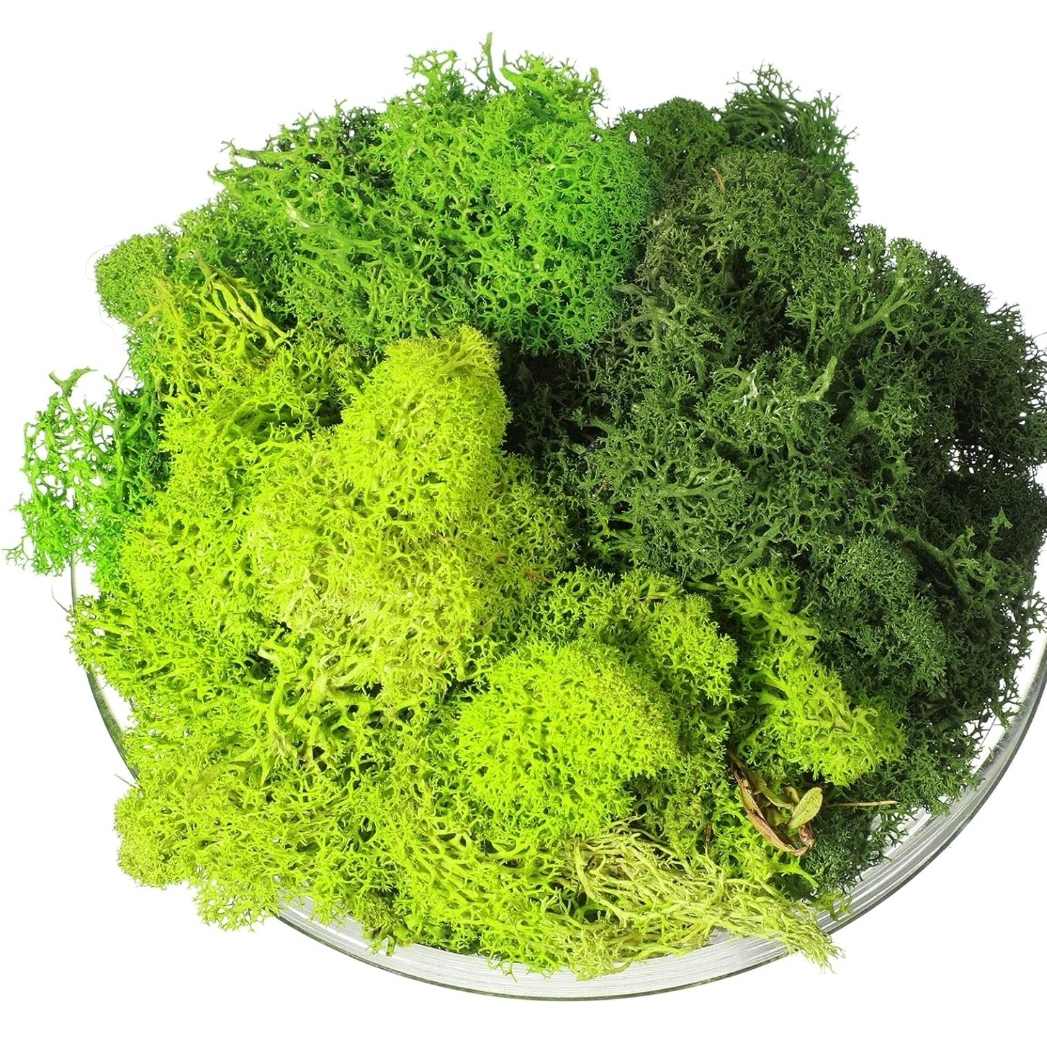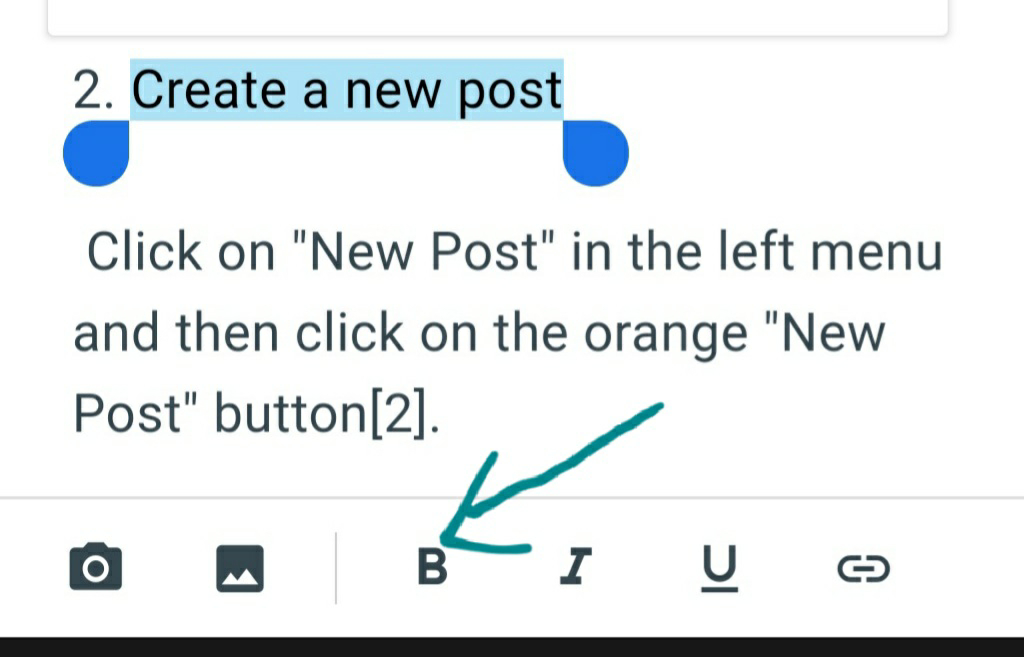Friday, December 1, 2023
DIY HOMEMADE CLAY FOR ART AND SCHOOL PROJECTS
DIY ARTIFICIAL MOSS
HOW TO MAKE A FAIRY DOOR
Monday, November 27, 2023
HOW TO MAKE A BLOG POST ON BLOGGER
Tuesday, October 17, 2023
BE EXTRAORDINARY: THE SECRET. RHONDA BYRNE
Friday, September 29, 2023
BE EXTRAORDINARY: 10 POWERFUL MANIFESTING AFFIRMATIONS
Wednesday, September 20, 2023
BE EXTRAORDINARY: STARTING A GRATITUDE BLOG FOR ABUNDANCE
Monday, September 11, 2023
ABUNDANCE BLOCKS
BE EXTRAORDINARY: SIGNIFICANCE OF ARTWORK AND SYMBOLISM OF TAROT
BE EXTRAORDINARY: WHAT ARE THE DIFFERENT TYPES OF TAROT CARDS
BE EXTRAORDINARY: TAROT SPREADS FOR ABUNDANCE
Sunday, September 10, 2023
BE EXTRAORDINARY: RELATIONSHIP BETWEEN TAROT AND LAW OF ATTRACTION
BE EXTRAORDINARY: HISTORY OF TAROT
Thursday, August 24, 2023
"Imagination creates reality." Neville Goddard BE EXTRAORDINARY: Neville Goddard's MANIFESTATION PRINCIPLES
As Above, So Below BE EXTRAORDINARY: LAWS OF THE UNIVERSE
Monday, August 21, 2023
HOW TO PRACTICE MINDFULNESS THROUGHOUT THE DAY
1. Mindful Wakeup
Start your day with a purpose. Sit in bed or a chair in a relaxed posture, take three long, deep breaths, and set your intention for the day.
2. Mindful Eating
Take time to enjoy your meals and pay attention to the flavors, textures, and smells of your food. This can help you eat more mindfully and avoid overeating.
3. Mindful Breathing
Take a few deep breaths throughout the day and focus on the sensation of the air moving in and out of your body. This can help you feel more calm and centered.
4. Mindful Movement
:Incorporate mindfulness into your exercise routine by focusing on the sensations in your body as you move. This can help you stay present and focused during your workout.
5. Mindful Awareness of Routine Activities
: Bring your attention to daily activities that you often perform mindlessly, such as brushing your teeth, taking a shower, or waiting in line. Pay attention to the movement of your body and the sights and sounds around you.
6. Mindful Centering Exercise
Take a few minutes to sit quietly and focus on your breath. As thoughts come into your mind, acknowledge them and let them go, bringing your attention back to your breath.
Remember, mindfulness is about being present in the moment and paying attention to your thoughts, feelings, and surroundings without judgment.
By incorporating mindfulness into your daily routine, you can cultivate a greater sense of calm and focus throughout the day.
Friday, August 11, 2023
How to research and validate a blog niche idea
- Brainstorm niche ideas: Start by making a list of potential niche ideas that align with your interests, skills, and target audience.
- Check niche size: Use tools like Google Trends and Keyword Planner to determine the size of your potential niche. Look for niches that have a large audience and consistent search volume.
- Explore competitors: Research other blogs and websites in your potential niche. Look for gaps in the market and areas where you can offer unique value.
- Analyze monetization potential: Consider how you can monetize your blog, whether through ads, affiliate marketing, sponsored content, or other means. Look for niches that have potential for profitability.
- Validate your niche: Put your potential niche ideas through a validation process that includes checking niche size, exploring competitors, and analyzing monetization potential. By the end of this exercise, you should have a clear indication of the scope, competition, and monetization potential for each item on your list.
- Choose your niche: Based on the results of your validation process, choose a niche that aligns with your interests, has potential for profitability, and has a unique angle that sets you apart from competitors.
What is the most popular niches for 2023
- Digital marketing
- Blogging and making money online
- Health and fitness
- Personal finance and investing
- Recipes and food
- Personal development and self-care
- Science and technology
- Eco-friendly products and practices
- Remote work and digital nomads
- Artificial intelligence and automation
- Home office equipment
- Fitness equipment
- Recommerce
- Pet products
- Home décor
Thursday, August 10, 2023
HEALTH IS WEALTH GLUTEN FREE, DAIRY FREE, SUGAR FREE CHOCOLATE MO...
Monday, July 24, 2023
INNERCISE APP JOHN ASSARAF REFERAL LINK
Tuesday, July 18, 2023
FEW ONLINE AFFILIATE MARKETING PROGRAMS
Sunday, July 16, 2023
FINANCIAL LITERACY
Tuesday, July 11, 2023
FEW EXAMPLES OF AFFILIATED MARKETING SERVICES
Starting a Business QuickStart Guide: https://amzn.to/46Tbc8a
AFFILIATE MARKETING
EXAMPLES OF MULTIPLE SOURCES OF INCOME
STRATEGIES TO BUILD WEALTH
SPIRITUAL WEALTH
TIME WEALTH
PHYSICAL AND MENTAL WEALTH
SOCIAL WEALTH
A society with high social wealth ensures that its members have the means to meet their basic needs and have opportunities for economic advancement.


















































